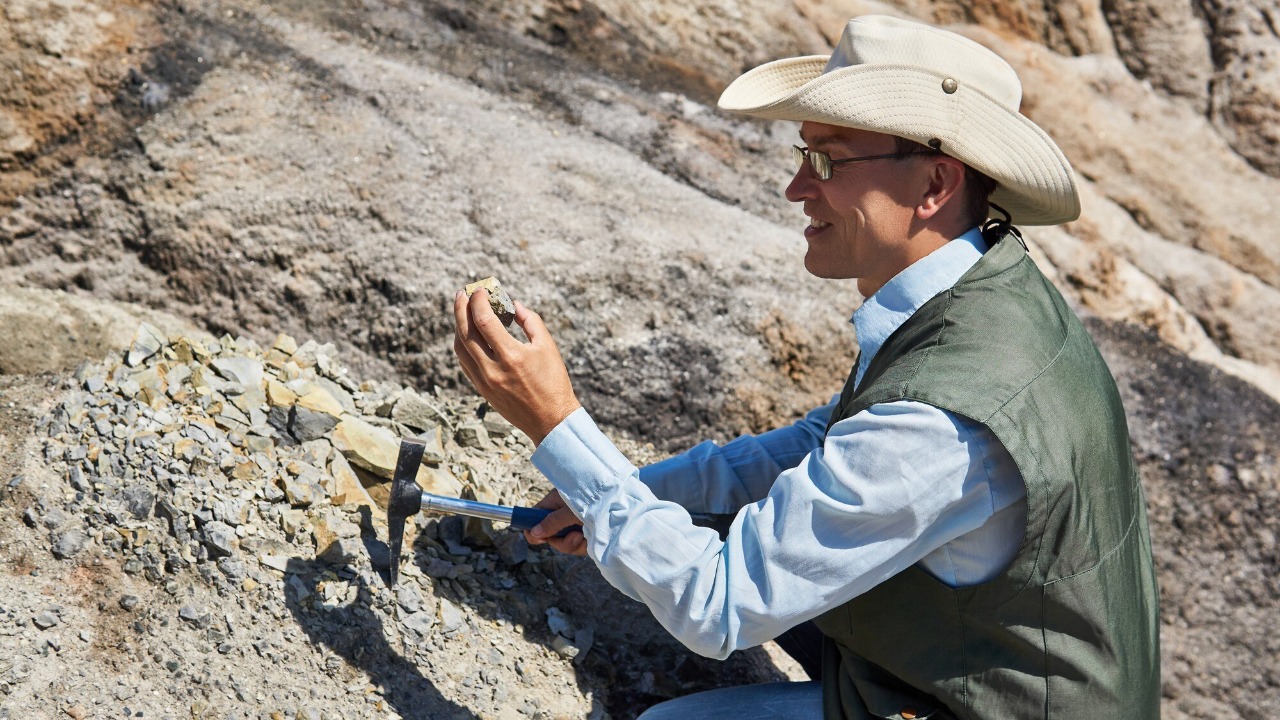
In an extraordinary twist of fate, an amateur metal detectorist in England has unearthed a treasure trove of over 800 ancient artifacts from a single location. These relics, hidden for around 2,000 years, offer a fresh perspective on Iron Age life and have sparked excitement among archaeologists. This discovery, made in early 2025, could potentially rewrite local history.
The Detectorist’s Background
The hobbyist, who had taken up metal detecting purely for recreation, never anticipated that his pastime would lead to a discovery of such magnitude. The initial motivation for the search was nothing more than a casual outing in rural England, which unexpectedly turned into a significant archaeological event. The detectorist’s experience underscores how amateur pursuits can sometimes lead to professional-level finds, even without formal training.
Personal anecdotes from the detectorist reveal the thrill of the hobby, especially in the context of the 2,000-year-old trove discovery. The excitement of unearthing an artifact, the anticipation of its potential historical significance, and the satisfaction of contributing to our understanding of the past, all add to the allure of this hobby.
The Moment of Discovery
The discovery was made during a routine scan with a standard metal detector. The device signaled the presence of multiple buried items in one concentrated area, prompting the detectorist to dig further. The first artifact to surface was an iron weapon, which immediately indicated the potential significance of the find.
Upon realizing the importance of the discovery, the detectorist halted the dig and contacted the authorities. The site was carefully preserved to avoid any disturbance. The location, a rural setting in England, was where the hoard had been buried approximately 2,000 years ago during the Iron Age, as confirmed by initial assessments.
Cataloging the Hoard
The hoard comprised over 800 artifacts, including iron weapons such as swords and spearheads. These items represent the warrior culture of the Iron Age and provide valuable insights into the martial practices of the time. Personal items such as brooches and rings made from bronze and gold were also found, indicating the existence of trade and craftsmanship in ancient Britain.
Among the artifacts were also tools and household objects like cauldrons and horse fittings. The diversity of the hoard suggests that it was buried as a single, intentional deposit over two millennia ago. This collection of items offers a unique snapshot of life during the Iron Age.
Archaeological Analysis
Experts used various methods to date the artifacts precisely to the Iron Age, around 2,000 years old. Metallurgical testing and contextual soil analysis were employed to determine the age of the items. The hoard’s size—over 800 items in one spot—is a rare example of a complete ritual or emergency burial, contrasting with smaller finds in England.
Archaeologists have noted the trove’s pristine condition, which allows for a detailed study of corrosion patterns and manufacturing techniques from the era. This could provide valuable insights into the technological capabilities and societal organization of Iron Age communities.
Historical Implications
The hoard offers a glimpse into broader Iron Age society in England. The artifacts reflect tribal conflicts, wealth distribution, and cultural exchanges that occurred around 2,000 years ago. The reasons for the burial of the hoard could range from wartime hiding to votive offerings, based on patterns seen in similar Iron Age hoards.
This discovery fills gaps in regional history, particularly in the under-explored rural areas where the find occurred. The artifacts provide tangible evidence of the lifestyles, beliefs, and practices of the people who lived in these regions during the Iron Age.
Preservation and Exhibition Plans
Under UK treasure laws, the over 800 artifacts were declared treasure and acquired by a local museum for public display. Conservation efforts are underway to stabilize the items, including cleaning iron pieces to prevent further degradation after 2,000 years underground.
Plans are in place to make the artifacts accessible to the public. Future exhibits will educate visitors on the detectorist’s role in uncovering this ancient trove, highlighting the importance of amateur pursuits in contributing to our understanding of history.
More from MorningOverview